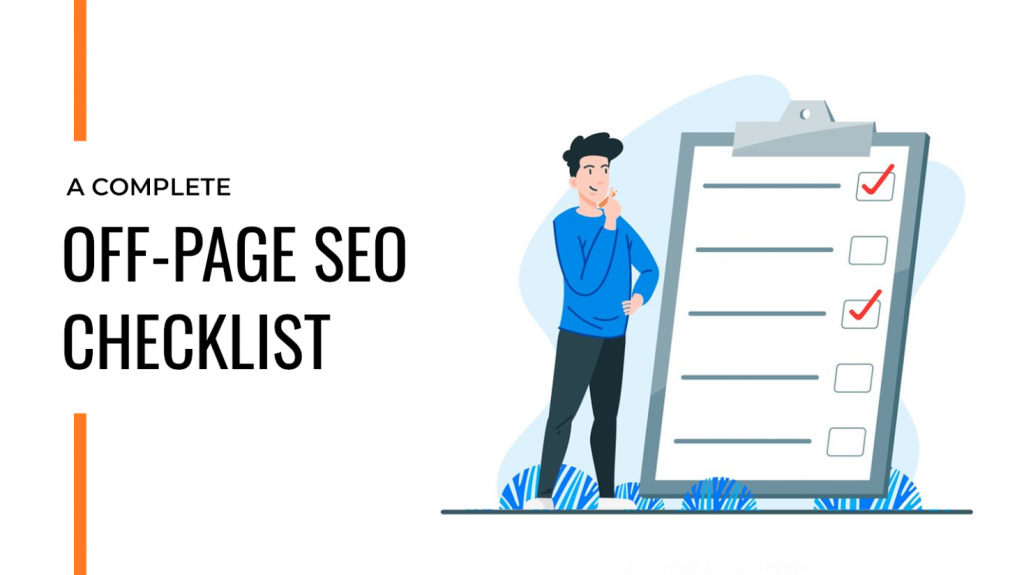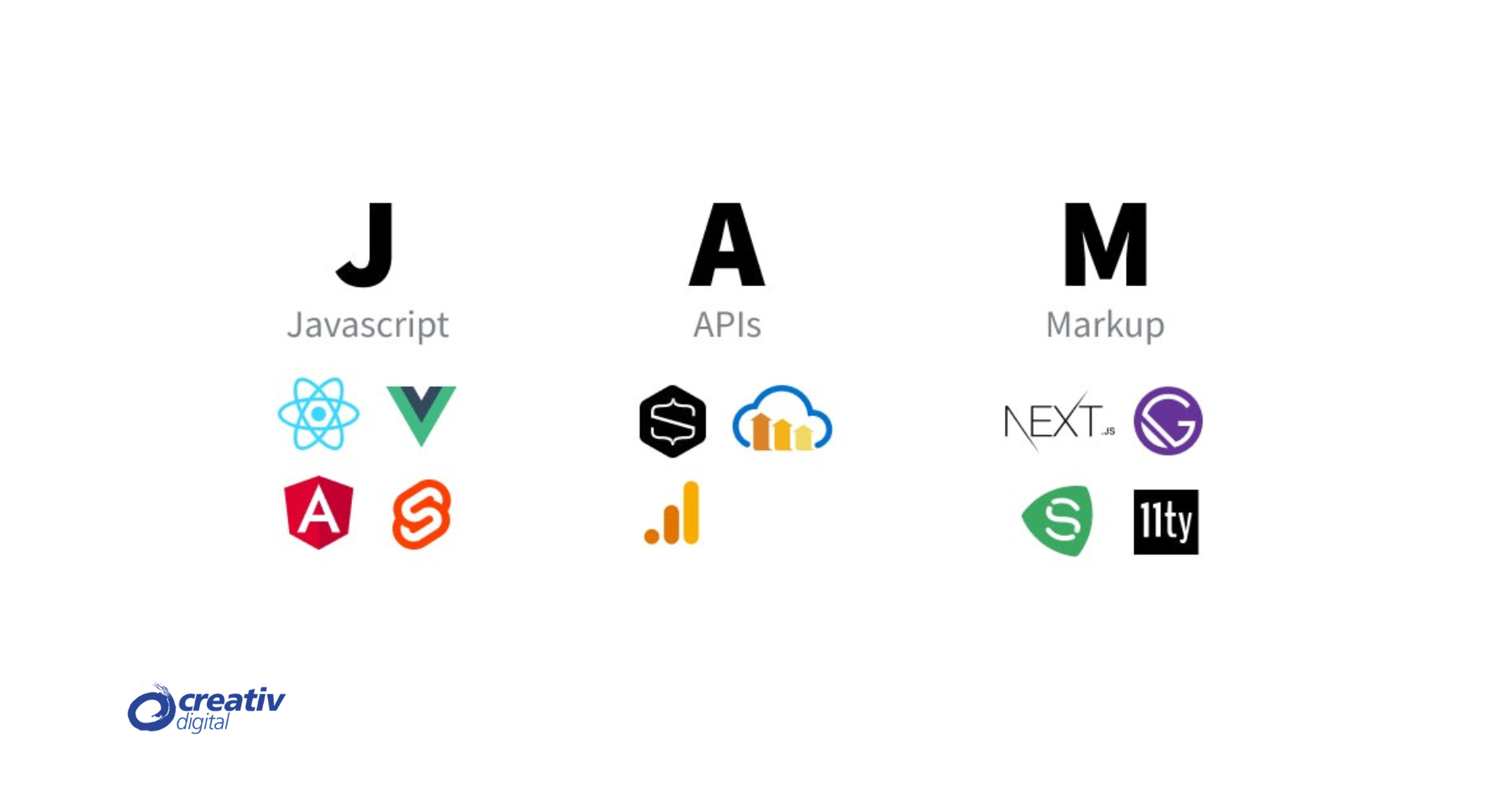Off-page SEO refers to actions taken outside of your own website to impact your rankings within search engine results pages (SERPs). Unlike on-page SEO, which involves optimizing elements directly on your site, off-page SEO focuses on increasing the authority and relevance of your website through external factors. Effective off-page SEO is crucial for building your site’s credibility, driving organic traffic, and improving your overall search engine rankings.
Essential Off-Page SEO Checklist for Website Optimization
Here is a comprehensive checklist of essential off-page SEO practices that can help you optimise your website for greater success.
1. Backlink Building
a. Quality Over Quantity: Focus on acquiring high-quality backlinks from authoritative and relevant websites. A few high-quality backlinks are more valuable than numerous low-quality links. Use tools like Ahrefs, Moz, or SEMrush to analyze the authority and relevance of potential linking sites.
b. Diverse Link Profile: Aim for a diverse backlink profile that includes links from various types of sites (blogs, news sites, directories, etc.) and different domains. This diversity helps create a natural link profile and reduces the risk of penalties from search engines.
c. Natural Link Acquisition: Avoid black-hat techniques such as link farming or purchasing links. Instead, engage in natural link-building strategies such as guest blogging, creating shareable content, and building relationships with industry influencers.
2. Content Marketing
a. Create High-Quality Content: Produce valuable, engaging, and original content that addresses the needs and interests of your target audience. High-quality content is more likely to attract backlinks, social shares, and other forms of external engagement.
b. Promote Content: Share your content across social media platforms, industry forums, and relevant communities to increase its visibility and encourage others to link to it. Utilize email marketing and outreach strategies to distribute your content to a broader audience.
c. Leverage Various Content Types: Diversify your content strategy by including blog posts, infographics, videos, podcasts, and case studies. Different content formats can attract different types of backlinks and engagement.
3. Social Media Engagement
a. Build a Strong Social Media Presence: Establish and maintain active profiles on major social media platforms such as Facebook, Twitter, LinkedIn, Instagram, and Pinterest. Share content regularly and engage with your audience to build a loyal following.
b. Encourage Social Shares: Make it easy for users to share your content by incorporating social sharing buttons on your site. Encourage your audience to share your content by creating compelling and shareable posts.
c. Monitor Social Signals: Track social signals and engagement metrics to understand how your content is performing on social media. Use insights from these metrics to refine your social media strategy and improve content reach.
4. Influencer Marketing
a. Identify Relevant Influencers: Find influencers in your industry or niche who have a strong following and high engagement rates. Look for influencers whose audience aligns with your target demographic.
b. Build Relationships: Develop genuine relationships with influencers by engaging with their content, participating in industry discussions, and offering value before proposing collaborations.
c. Collaborate on Content: Work with influencers to create content that promotes your brand, products, or services. This could include sponsored posts, product reviews, or joint content pieces. Ensure that the content aligns with your brand’s voice and values.
5. Local SEO and Citations
a. Claim and Optimize Local Listings: Ensure that your business is listed on major local directories such as Google My Business, Yelp, and Bing Places. Optimize these listings with accurate and up-to-date information, including your address, phone number, and business hours.
b. Build Local Citations: Acquire citations from local business directories, industry-specific directories, and local blogs. Consistent NAP (Name, Address, Phone Number) information across these citations helps improve local search visibility.
c. Encourage Customer Reviews: Solicit reviews from satisfied customers on platforms like Google My Business and Yelp. Positive reviews can enhance your local SEO efforts and build trust with potential customers.
6. Online Reputation Management
a. Monitor Brand Mentions: Use tools like Google Alerts, Mention, or Brand24 to monitor mentions of your brand, products, or services across the web. Respond promptly to both positive and negative mentions to manage your online reputation.
b. Address Negative Feedback: Address negative feedback or reviews professionally and constructively. Provide solutions or clarifications where appropriate and demonstrate a commitment to resolving customer issues.
c. Promote Positive Content: Encourage satisfied customers to share positive experiences and testimonials. Highlight positive reviews and success stories on your website and social media to enhance your brand’s reputation.
7. Guest Blogging
a. Find Relevant Blogs: Identify reputable blogs and websites in your industry that accept guest contributions. Look for sites with high domain authority and engaged audiences.
b. Pitch Valuable Content: Create well-researched and valuable content that aligns with the host blog’s audience. Craft a compelling pitch that highlights the relevance of your content and how it benefits its readers.
c. Include Author Bio and Links: In your guest post, include a well-crafted author bio with a link back to your website. Ensure that the link is relevant and adds value to the content.
8. Participate in Industry Forums and Communities
a. Join Relevant Forums: Participate in industry-specific forums, discussion boards, and online communities where your target audience is active. Contribute valuable insights and engage in meaningful discussions.
b. Share Your Expertise: Provide helpful advice, answer questions, and share your expertise in relevant discussions. Include a link to your website or content where appropriate and helpful.
c. Build Relationships: Engage with community members and build relationships within these forums. Establish yourself as a knowledgeable and trustworthy contributor to enhance your online presence.
9. Analyze Competitor Backlinks
a. Conduct Competitor Research: Analyze the backlink profiles of your competitors using tools like Ahrefs or SEMrush. Identify high-quality links they’ve acquired and explore opportunities to obtain similar links.
b. Discover Link Opportunities: Look for link-building opportunities that your competitors have leveraged, such as industry directories, guest posts, or partnerships. Use this information to inform your own link-building strategy.
c. Stay Ahead of Trends: Keep track of your competitors’ SEO strategies and adapt your approach based on emerging trends and best practices in the industry.
To Finish Things Off
An effective off-page SEO strategy is essential for improving your website’s authority, relevance, and visibility in search engine results. By following this essential checklist for off-page SEO practices, you can build a strong online presence, drive organic traffic, and achieve higher search engine rankings. Regularly review and refine your off-page SEO efforts to stay competitive and adapt to changes in the digital landscape. With consistent and strategic off-page optimization, you can enhance your website’s overall performance and success.



